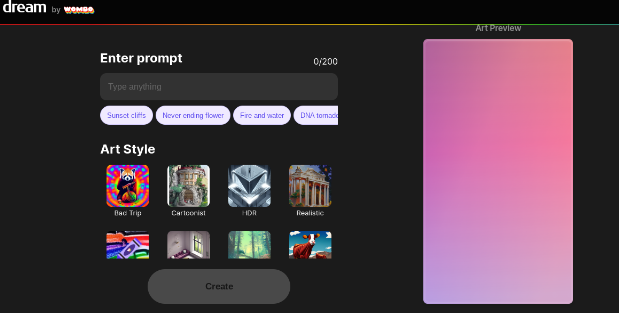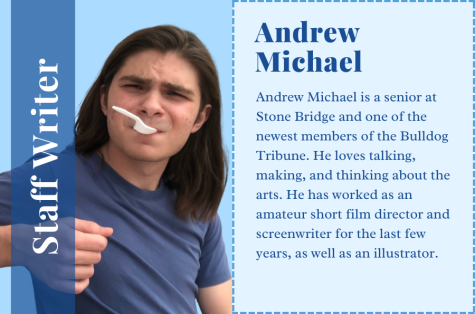Art or Artificial?
During the past few months, artificial intelligence (A.I) art has increased in popularity and sparked heated discussions within the art community.
Pieces like Théâtre D’opéra Spatial have risen to prominence, causing disagreements on the legitimacy of the artform. This specific piece caused controversy for winning the Blue Ribbon at the Colorado State Fair’s annual art competition.
“Critics of AI-generated art, such as this one, argue that converting prompts into art is like painting-by-numbers, which means that there is no real artistry or skill involved,” writer for “The Indian Express” Benita Fernando said in her article.
While everyone seems to be talking about the validity of A.I art, some might not know how it actually works. Programs such as Dall-E 2, Stable Diffusion, and Craiyon work as text to image generators. After typing in a prompt, an algorithm takes pre-existing sources from the internet to create an image that corresponds with the prompt.
Supporters of A.I art champion its ingenuity, as it is incredibly impressive that artificial intelligence can create such detailed images out of references. There are also superficial similarities between A.I and traditional art; collage, for example, is a form of art that also uses pre-existing material (paper, photographs, fabric, etc.) to create something new. Additionally, references are nothing new in the artistic world, with artists basing their work off of models and going to real places to paint the surrounding environment for centuries. Just like a paint brush or pencil, references are a useful tool for the creative process.
“To create AI art, artists write algorithms not to follow a set of rules, but to ‘learn’ a specific aesthetic by analyzing thousands of images,” writer for “The American Scientist” Ahmed Elgammal said in his article. “The algorithm then tries to generate new images in adherence to the aesthetics it has learned.”
The algorithm may know what something looks like, but it doesn’t know what it feels like. So much of art is based on the artist’s personalities, moods, and ideas. An individual artist’s style would either evolve or remain consistent across all of their work. Viewers may not know Zdzislaw Beksinski, but they still unconsciously recognize many aspects of his style when they look at just a few of his paintings. On the other hand, viewers can look at hundreds of A.I based pieces and not be able to tell who made them. Most A.I generated images appear to either be uncanny attempts at photorealism or vaguely abstract designs. Any sort of artistic flair, personality, or texture is absent from these pieces.
Art isn’t about creating an extremely detailed picture. The beauty of the creative process is looking at a blank canvas, paper, or screen and turning it into something that artists can call their own. What matters is that artists keep creating, keep putting time, effort, and style into their work. And that feeling they get whenever they notice that they’re getting better, it’s impossible to truly articulate. It’s a feeling that can’t be achieved by simply putting prompts into an algorithm.
“I can’t think of anything more rewarding than being able to express yourself to others through painting,” painter Bob Ross said in “The Joy of Painting with Bob Ross, Vol. 29”. “Exercising the imagination, experimenting with talents, being creative; these things, to me, are truly the windows to your soul.”



